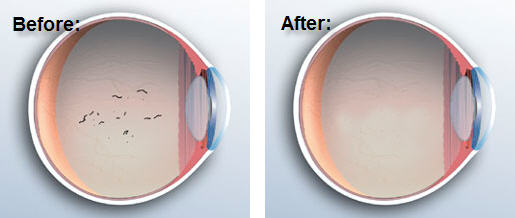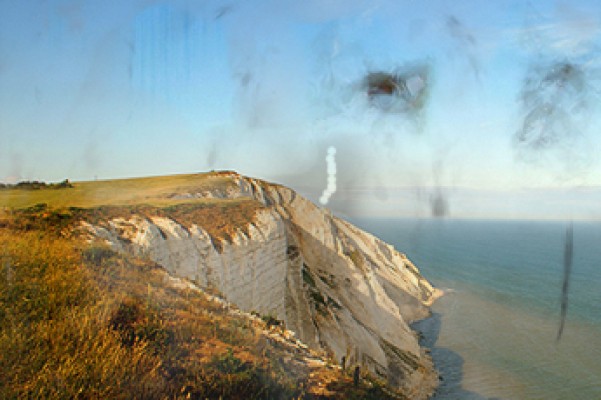

Vitreous is also responsible for helping the eyeballs in maintaining their shape. It is this liquid that mostly leads to eye floaters. “There is a jelly-like substance (vitreous) present inside our eyes which tends to take a more liquid form as one ages. Such spots in the vision are called eye floaters. These drifting cobwebs, however, seem to fling away when one attempts to take a direct look at them. Sometimes this blockage appears in the form of grey or black specks or even strings drifting across the eyes. Any irritation or blockage in the eyes can affect one’s vision in many ways. (Photo: Getty Images/Thinkstock)Įyes are one of the most sensitive and importance organs of the human body. What is depression? A Mayo Clinic expert explains.Common causes likely to result in eye floaters include ageing, usually between 50-75 years of age rubbing eyes.Depression and anxiety: Can I have both?.Clinical depression: What does that mean?.Antidepressants: Which cause the fewest sexual side effects?.


The auras usually last for about five minutes to an hour. If the wave of activity goes through other areas of the brain such as the sensory or language centers, then the person would have sensory (for example, tingling in the tongue, face or arm) or language auras. It's thought that auras are usually visual because such a large portion of the brain processes visual information. About 90% of people who have migraine with aura have this type. The most common type of aura is a visual aura. The location of the wave of activity in the brain determines the type of aura. Migraine aura is a wave of activity in the brain traveling through the brain. When visual changes are only in one eye, they could signal something serious and require immediate treatment. Retinal migraine is extremely rare, and the visual changes are in only one eye. Most commonly the term "ocular migraine" had been used to describe what is now called migraine with aura.


 0 kommentar(er)
0 kommentar(er)
